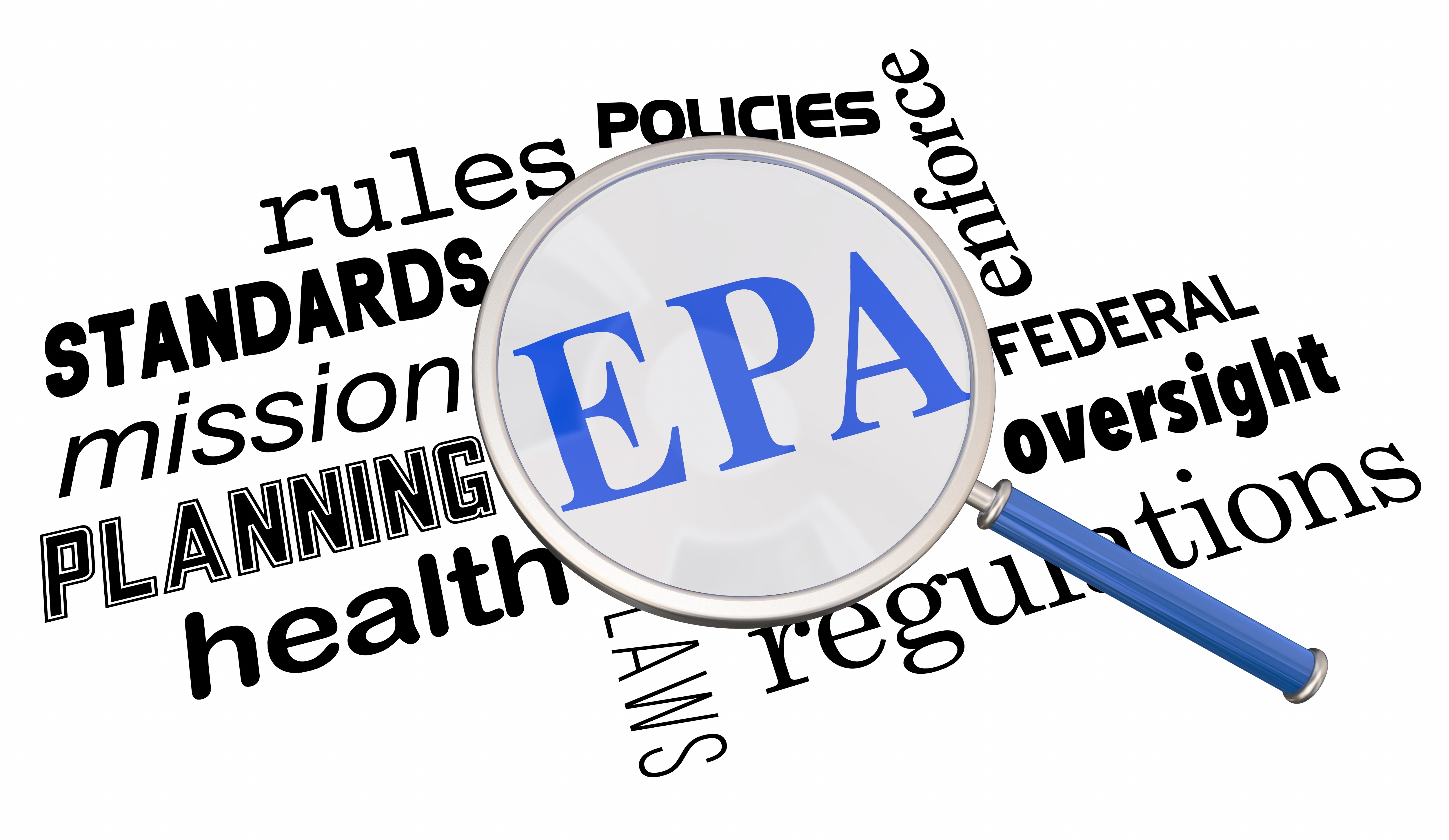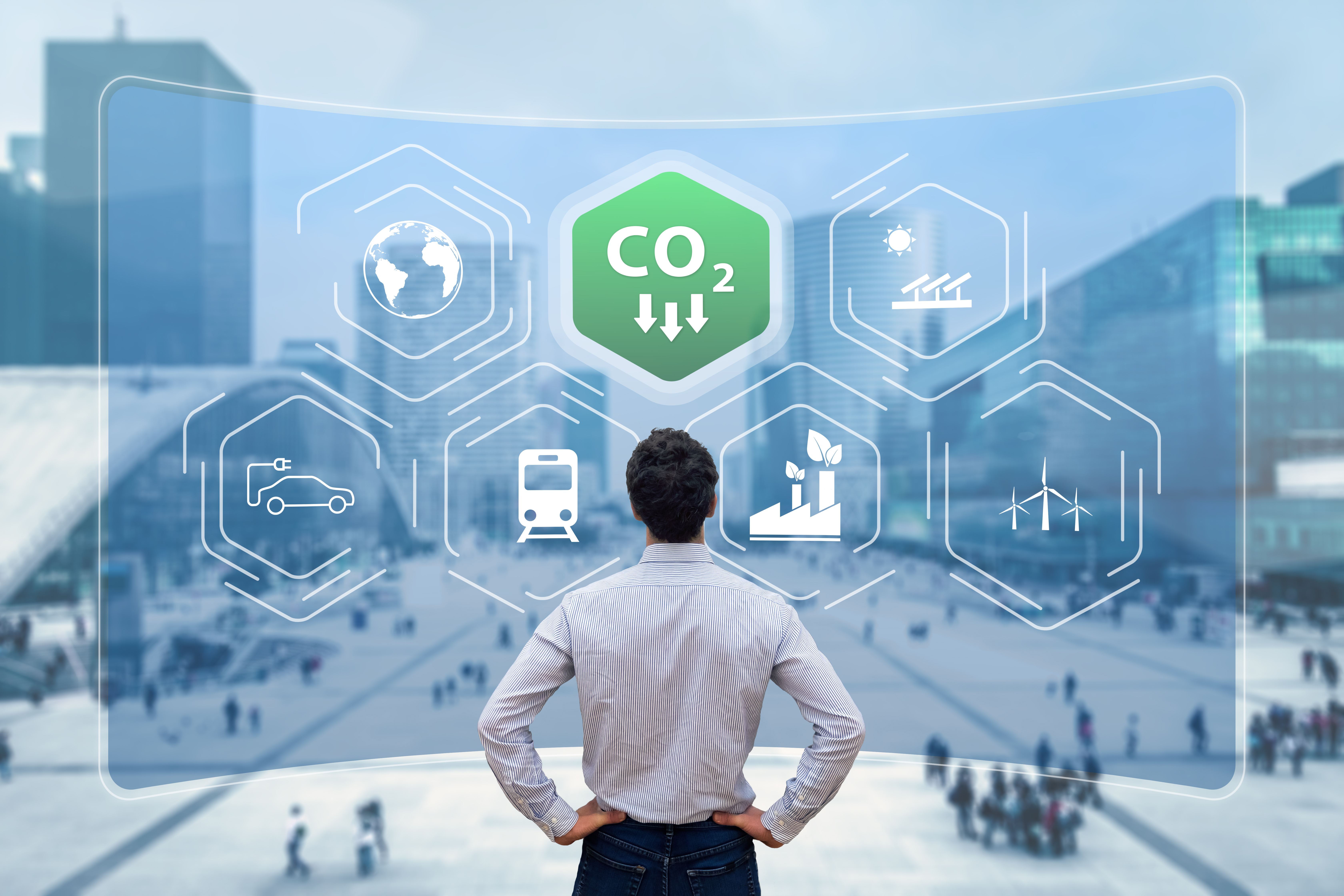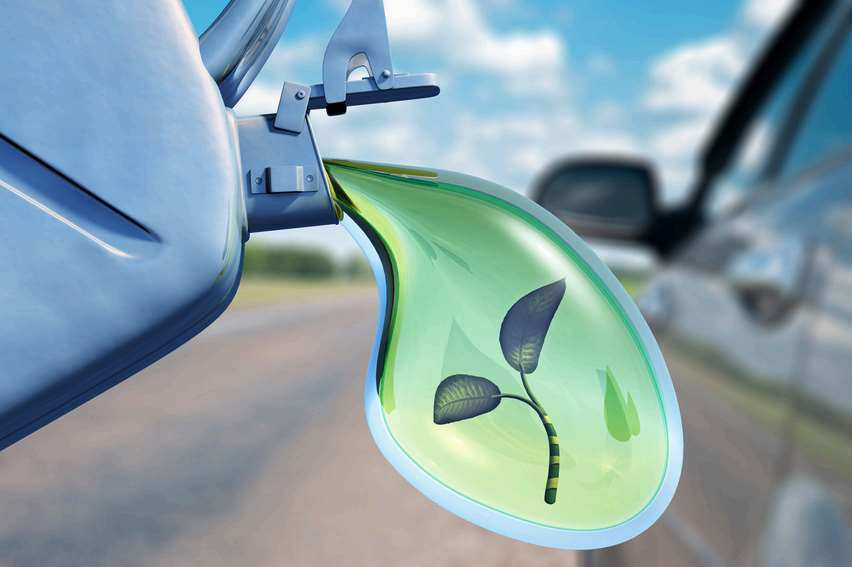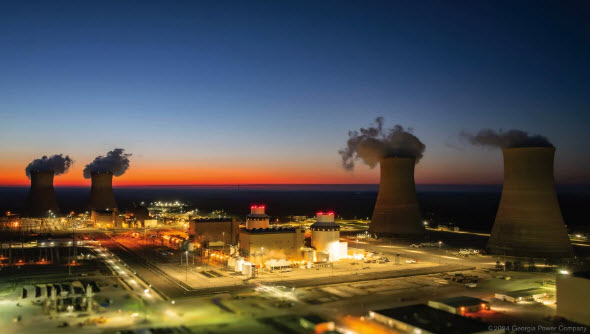This week, EPA Director Zeldin announced that the EPA would be rescinding the Greenhouse Gas Endangerment Finding. The Endangerment Finding states that certain gasses in the atmosphere pose an eminent risk to public health (carbon dioxide, methane, nitrous oxide, PFCs, HFCs, etc).
ESG & Industry Updates
EPA Announces intent to Rescind Greenhouse Gas Endangerment Finding
Posted by Kelly Burke on Aug 1, 2025 5:49:36 PM
Topics: EPA, methane, Carbon Emissions, HFCs, PFC, Trump Administration, Biden Administration, Inflation Reduction Act, ACT
The change in Presidential Administrations this December-January season has left an unprecedented amount of issues open across the transition period, including a multitude that specifically affect the Energy and Transportation Industries. Truth be told, there are too many items up in the air to cover where we are on all of them in one update, so we will try our best and keep you posted as the news cycles turn.
Topics: Carbon Emissions, tariff, Trump Administration, Biden Administration, ZEV
CARB's Advanced Clean Truck Rule is Live in Massachusetts
Posted by Kelly Burke on Jan 3, 2025 3:34:30 PM
MassDEP adopted the CARB (California Air Resources Board) Heavy Duty Omnibus and Advanced Clean Truck Regulations (aka 310 CMR 7.40) December 2021, along with several other States. The bill took effect January 1, 2025.
Topics: EPA, Massachusetts, Carbon Emissions, net-zero, decarbonization, CARB, ZEV
MA Emissions Reporting Starts Jan 1 - Are You Ready?
Posted by Kelly Burke on Dec 19, 2024 11:33:52 AM
The next chapter of Massachusetts Climate Change regulation kicks on January 1st with emissions and storage reporting requirements for the DEP due throughout 2025 ahead of the full enactment of the Clean Heat Standard kicking on in January 2026.
Topics: Massachusetts, Carbon Emissions, decarbonization, clean heat standard
IRA Act & Energy Credit Clarification Waiting on Election Cycle
Posted by Kelly Burke on Nov 4, 2024 4:15:00 AM
As we round into 2025, and the election day preceding it, we thought it would be helpful to highlight energy related tax, credit, and funding items that either have an expiration looming December 31, 2024, are slated to kick on January 1, 2025... OR that have their passage or continuation hanging in the balance depending on how the election goes. If you're in Massachusetts, there are a host of additional items on the horizon, by the way, the following are Federal Level items:
Topics: Biodiesel Tax Credit, Biodiesel, Carbon Emissions, Trump Administration, Biden Administration, Inflation Reduction Act, Carbon Capture, Clean Fuel Production Credit, renewable diesel
In early May of 2024, the New Jersey Township of North Brunswick conducted an initial trial of renewable diesel y fueling the township's DPW trucks with Neste MyRenewable Diesel. Now, all of North Brunswick's public fleet, including school busses, fire trucks, and backup generators are powered by renewable diesel. This move is projected use around 50,000 gallons a year and result in a reduction of GHG emissions by 470 tons annually.
Topics: Carbon Emissions, renewable energy, renewable diesel
The Clean Fuel Production Credit is part of the Inflation Reduction Act passed in 2022. The Act includes substantial provisions for climate initiatives including the aforementioned credit, and multiple provisions regarding EV incentivization.
Topics: Biodiesel Tax Credit, Biodiesel, Climate Change, Carbon Emissions, renewable energy, Inflation Reduction Act, Clean Fuel Production Credit
The Biodiesel Blender Tax Credit is set to expire at the end of 2024, at which point it will be replaced by the Clean Fuel Production Credit. The Clean Fuel Production credit (somewhat obviously) accrues credit to producers of clean transportation fuels produced at approved facilities for approved uses and does NOT carry through to blenders of clean transportation fuels like biodiesel and renewable diesel.
Topics: Biodiesel Tax Credit, Biodiesel, Carbon Emissions, renewable energy, Clean Fuel Production Credit
Two new nuclear reactors in Georgia at Plant Vogtle are the first new reactors built in the United States in 30 years. Each of them will power 500,000 homes and businesses with clean nuclear energy.
Topics: Oil & Energy Magazine, Carbon Emissions, renewable energy, net-zero, power plants, nuclear
Subscribe to Email Updates
Recent Posts
Posts by Topic
- Carbon Emissions (42)
- Climate Change (32)
- renewable energy (31)
- Oil & Energy Magazine (27)
- EPA (24)
- Massachusetts (21)
- Biden Administration (18)
- decarbonization (15)
- Biodiesel (12)
- natural gas (12)
- EPA Mandate (11)
- RFS (11)
- Solar (11)
- Biofuels (10)
- Keystone XL (10)
- methane (10)
- Clean Energy (9)
- offshore wind (9)
- Energy Independence (8)
- Energy Infrastructure (8)
- Safety (8)
- Biodiesel Tax Credit (7)
- Emissions (7)
- Ethanol (7)
- ev (7)
- Cellulosic Ethanol (6)
- EV Charger (6)
- RINs (6)
- Trump Administration (6)
- environmental justice (6)
- Fracking (5)
- Inflation Reduction Act (5)
- Technology (5)
- US Crude Exports (5)
- Utility Rates (5)
- electric vehicles (5)
- maine (5)
- tesla (5)
- ACT (4)
- Mass DOER (4)
- TransCanada (4)
- battery (4)
- fuel management (4)
- massachusetts biodiesel mandate (4)
- obama (4)
- paris accord (4)
- remote tank monitoring (4)
- CARB (3)
- CRUDE (3)
- Carbon Capture (3)
- Clean Fuel Production Credit (3)
- E85 (3)
- Emergency Fuel (3)
- Massachusetts Clean Cities (3)
- Waste Feedstock Biodiesel (3)
- china (3)
- clean power plan (3)
- electricity rates (3)
- net-zero (3)
- renewable diesel (3)
- solid state battery (3)
- AI (2)
- AVs (2)
- Bioheat (2)
- Commodities (2)
- Congress (2)
- Customer Service (2)
- DOT (2)
- EIA (2)
- Emergency Generator Program (2)
- HFCs (2)
- Hurricane Sandy (2)
- IMO 2020 (2)
- MIT (2)
- Marinas (2)
- New York (2)
- Refinery Closures (2)
- Safe Driving Policy (2)
- TCI (2)
- US Energy Boom (2)
- ZEV (2)
- autonomous vehicles (2)
- clean air act (2)
- coal (2)
- driver shortage (2)
- emergency response (2)
- environment (2)
- ferc (2)
- geothermal (2)
- hydro-electric (2)
- hydrogen (2)
- national grid (2)
- net metering (2)
- power plant emissions (2)
- power plants (2)
- railcar regulations (2)
- tariff (2)
- vineyard wind (2)
- API (1)
- Air conditioning (1)
- Baiji Refinery (1)
- Blend Wall (1)
- Brent Crude (1)
- Brent vs WTI (1)
- CFCs (1)
- Cell Phone Policy (1)
- Clean Water Act (1)
- DEF (1)
- Election Results (1)
- Electrical Grid (1)
- Energy Efficiency (1)
- Environmental Impact Study (1)
- Environmentally Friendly Products (1)
- Ethanol Tax Credit (1)
- FEMA (1)
- Fiscal Cliff (1)
- Gas Tax (1)
- Gasoline Supply Crunch (1)
- HDVC (1)
- Hazmat (1)
- Heat Tax (1)
- Highway Trust Fund (1)
- Holyoke (1)
- Hybrid (1)
- ISIS (1)
- Iraq (1)
- Kigali Amendment (1)
- MOC (1)
- Market analysis (1)
- Mayflower (1)
- Montreal Protocol (1)
- NORA (1)
- Natural Gas Pipeline Explosion (1)
- New Jersey (1)
- Oil Barrel Tax (1)
- PFC (1)
- Pegasus Pipeline (1)
- Propane Autogas (1)
- Stimulus (1)
- Syria (1)
- Tank Truck Safety Training (1)
- Tax Increases (1)
- Tier 3 Gasoline Standard (1)
- Times Square (1)
- VEEP (1)
- Workplace Risk (1)
- agriculture (1)
- algonquin pipeline (1)
- alternative energy (1)
- altwheels (1)
- astm (1)
- bionic leaf (1)
- bitcoin (1)
- boston (1)
- clean heat standard (1)
- covid-19 (1)
- energy storage (1)
- eversource (1)
- export ban (1)
- fixed pricing (1)
- fuel (1)
- fuel efficiency (1)
- fuel marketers news (1)
- gas leaks (1)
- heating oil (1)
- hurricane harvey (1)
- inflation (1)
- irving oil (1)
- marketing (1)
- nuclear (1)
- online fuel buying (1)
- ozone (1)
- photovoltaic (1)
- pilot program (1)
- pipeline (1)
- propane (1)
- renewable natural gas (1)
- rggi (1)
- russia (1)
- sanctions (1)
- senate (1)
- shale (1)
- social media (1)
- social media for business (1)
- space (1)
- tablets (1)
- tennessee pipeline (1)
- ukraine, (1)
- value added services (1)








